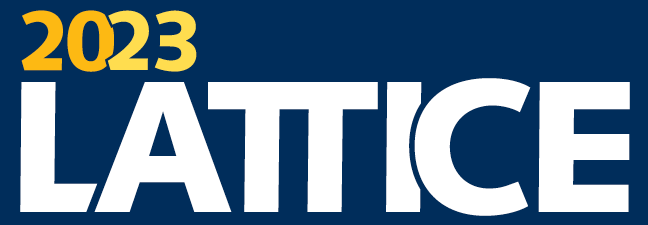Speaker
Description
State-of-the-art simulations of discrete gauge theories are based on Markov chains with local changes in the field space, which however at very fine lattice spacings are notoriously difficult due to separated topological sectors of the gauge field resulting in very long autocorrelation times.
An approach, which can overcome long autocorrelation times, is based on trivializing maps, where a new gauge proposal is given by mapping a configuration from a trivial space to the target one, distributed via the associated Boltzmann factor. Using gauge equivariant coupling layers, the map can be approximated via machine learning techniques. However the deviations between exact distribution and approximated one scales with the volume in case of local theories, rendering a global update unfeasible for realistic box sizes.
In the talk, we will discuss the potential of localized updates in case of the 2D Schwinger Model. Using gauge-equivariant flow maps, a local update can be fine grained towards finer lattice spacing. Based on this we will present results on simulating the 2D Schwinger Model with dynamical Nf=2 Wilson fermions at fine lattice spacings with global correction steps and compare the performance to the HMC.
| Topical area | Algorithms and Artificial Intelligence |
|---|
